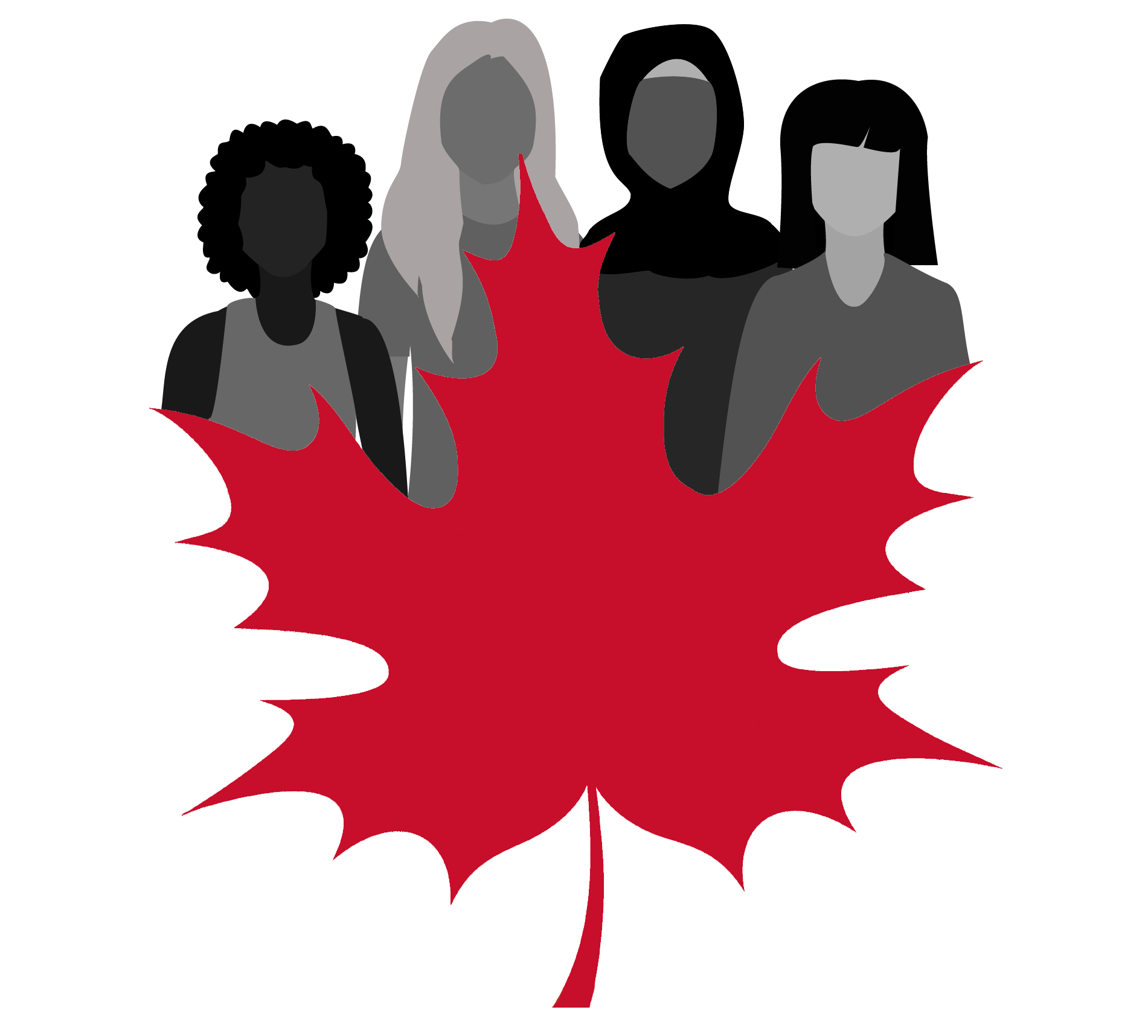Celebrating Canada and Looking Ahead: How We’re Helping Victims of Domestic Violence
We’ve spent a long weekend of get-togethers, fireworks, and celebrating our country with Canada Day festivities. Now is a good time to look back and reflect on how our how we have made progress in handling cases of domestic violence.
Generally we know that we’ve made great strides in recognizing and responding to domestic violence, but we also know that a significant part of the picture of violence and abuse in our homes remains obscured from view. Often incidents of domestic abuse are not reported to police, for a variety of reasons. This under-reporting can affect resource allocation and other policy decisions. Thankfully self-report surveys supplement data from police statistics, making the difference between actual and reported incidents clearer. The latest (2014) report on domestic violence from Statistics Canada features an in-depth analysis of self-reported incidents of spousal violence, with data from 2014 General Social Survey (GSS) on victimization. These statistics add a depth of understanding to the overall rates and severity of domestic abuse across our country. The information gathered from victims is crucial to understanding family violence across Canada.

Male Victims Less Likely to Report
One of the findings from the GSS data shows us that male victims are far less likely to report spousal abuse to the police than females are (24% versus 34%). This also affects the findings on the severity of abuse, as we also know that, according to self-reported data, women are more likely to experience the most severe forms of spousal abuse, which include sexual assault, or being beaten or choked.
Women More Likely to Suffer Long-Lasting Consequences
Women are more likely to experience injuries or suffer from long-term psychological consequences, such as PTSD. And while both male and female victims reported emotional suffering and disruption to their lives as a result of the abuse, women were more likely than men to report having to take time away from their regular activities (41% versus 25%).
Dropping Rates of Abuse
The good news from the 2014 statistics is that the rates of Canadians who reported domestic abuse by their current or former spouse or common-law partner have decreased since the last report (in 2004). In 2014, 4% of Canadians reported being abused - either physically or sexually - compared to 7% a decade earlier.
Childhood Abuse a Big Indicator
There appears to be a strong relationship between abuse experienced during childhood and spousal abuse later in life. Almost half of spousal violence victims had also been subjected to childhood physical and/or sexual abuse. Also, individuals who had experienced both physical and sexual abuse as a child had the highest reported prevalence of spousal violence.
Positive Changes
As the the dropping rates of self-reported spousal abuse show, Canada as a country has been working toward taking the necessary steps toward eliminating domestic violence and ensuring women can live without fear of violence.

Ontario a Leader with the Domestic Violence Action Plan
Since the province implemented the Action Plan to help end domestic abuse, many successes have been achieved. More people, including front-line professionals, are aware of the warning signs of domestic violence; more professionals are equipped with the necessary knowledge and tools to help support victims of abuse; and more vital community supports have been implemented, to help women and children live in safety, heal, and live independently. The newly elected Ontario Government will decide whether to renew commitments of the past Action Plan or set new directions.
Shelters and Housing Are Key
Shelters, community agencies and counselling services are paramount to the role in ending violence against women and children. Since 2003, Ontario has increased funding by 49% to agencies helping end violence against women. The funding helped add more shelter beds and enhanced annual funding to the Transitional and Housing Support Program, which helps abused women find secure housing and connect with counselling, job training, and other services. Also, the province’s long-term affordable housing strategy includes a Special Priority Policy that gives victims of domestic violence priority on the social housing waiting list.
A huge breakthrough came with the recognition that it can take many attempts for a woman to leave an abusive situation. This understanding led to policy revisions for Ontario Works, providing better supports to abused women in emergency situations, allowing women fleeing domestic violence to access emergency assistance more frequently than they had previously been allowed.
Workplace Leave
We know that domestic violence doesn’t discriminate, and it certainly does not stay at home. Domestic violence is not a private issue confined to the walls of one’s own home. Instead, it is a social problem as well as a public safety issue; one that everyone needs to be aware of. When domestic violence follows a woman into the workplace, it impacts the victim, her co-workers, and the workplace. More and more workplaces are developing and implementing policies and programs that help prevent workplace violence and harassment, as well as providing better supports to help those experience domestic abuse. Occupational health and safety obligations place a duty on Employers to take precautions to protect workers. And Canadian jurisdictions are enacting labour standards legislation to support survivors of domestic violence. So far, five provinces have announced or implemented provisions for paid domestic violence leave. Three others have implemented provisions for unpaid leave. The federal government also recently announced plans to amend the Canada Labour Code to provide five days of paid domestic violence leave for workers, and an additional five days of unpaid leave. These significant changes show that we are gaining momentum and we are making great strides in both in helping to support women experiencing abuse as well as reducing children’s exposure to domestic violence.
Our Make It Our Business awareness and education campaign allows employers and co-workers to access free information online as well as both in-person and online training. This training has proved to be vital to many different organizations and businesses.
Public Education is Paramount
Our country has become a leader in advocating for and supporting domestic violence victims. These changes have increased the amount of education and knowledge on the issue of domestic abuse, which in turn helps change the conversation and attitudes. The role of public education is vital when it comes to shifting our attitudes on both women as well as our role in preventing violence against women and support abused women and children. Our province-wide Neighbours, Friends and Families campaign aims to educate the public on how to recognize the early warning signs of abuse and understand what steps anyone can take to help. The White Ribbon Campaign targets men, encouraging them to act as role models for boys and educate them about gender equality and relationship skills, both of which are crucial.
All of the changes both country-wide and in our own province of Ontario, are helping pave the way to even more changes. Changes to the way in which we both view instances of domestic violence and help victims, changes in the way our court system and police respond to and recognize the dangers, and changes in the way our governments support and help victims of domestic abuse. We are committed to doing everything we can to ensure that Canada remains a leader in ending violence against women and children. Through our well regarded public education and workplace campaigns, we are changing the way people understand and respond to domestic abuse. Let’s continue this momentum and create even more positive changes before we celebrate another Canada Day.
Resources:
https://www.sadvtreatmentcentres.ca/find-a-centre/
http://www.women.gov.on.ca/owd/english/ending-violence/dvap_update_2012.shtml
https://www150.statcan.gc.ca/n1/en/pub/85-002-x/2016001/article/14303-eng.pdf?st=p5p5jPRp
